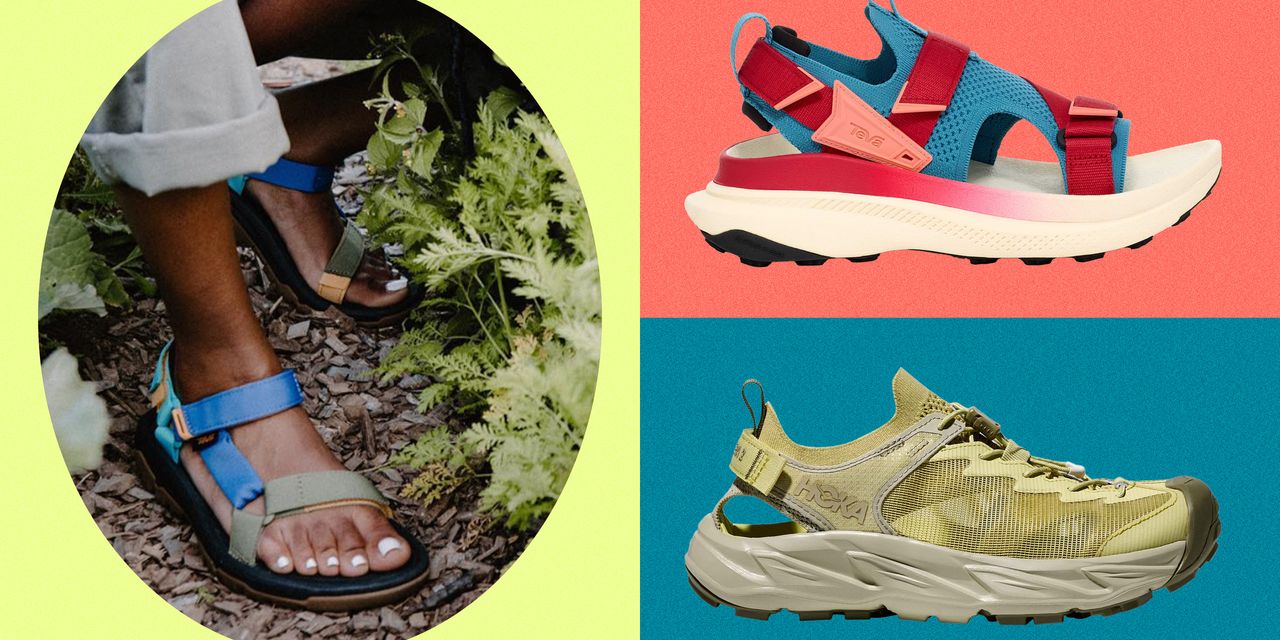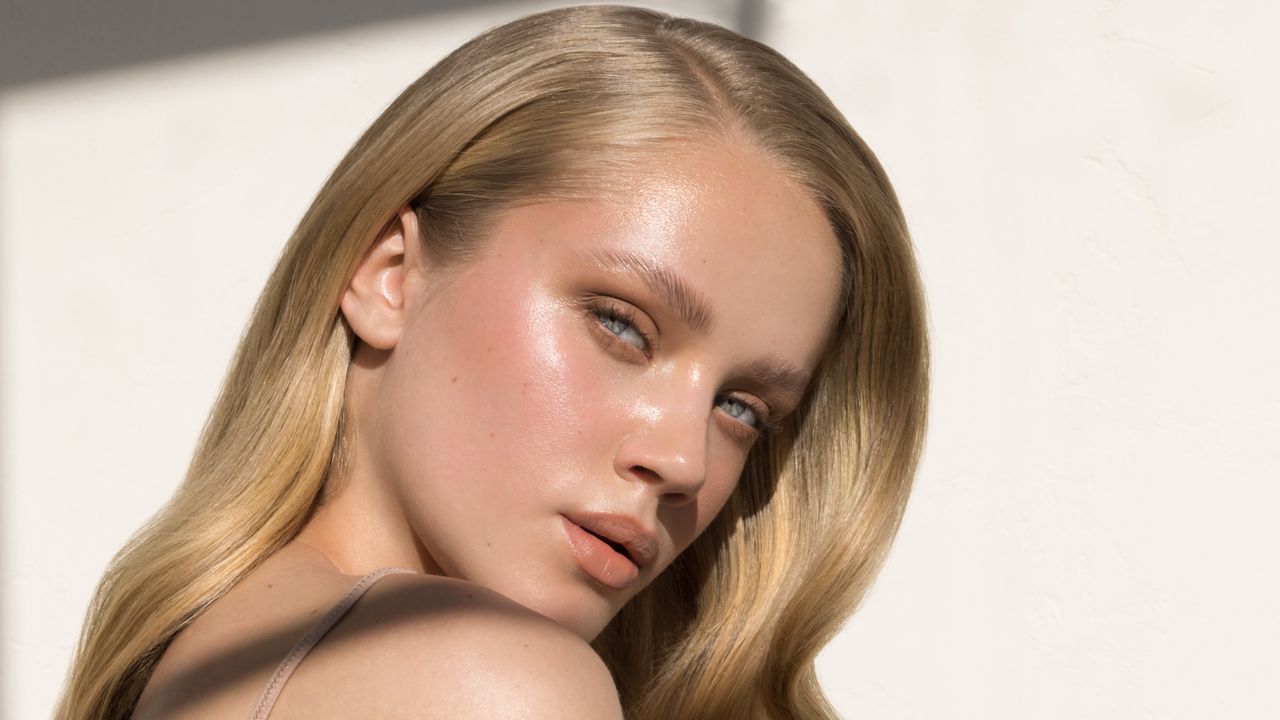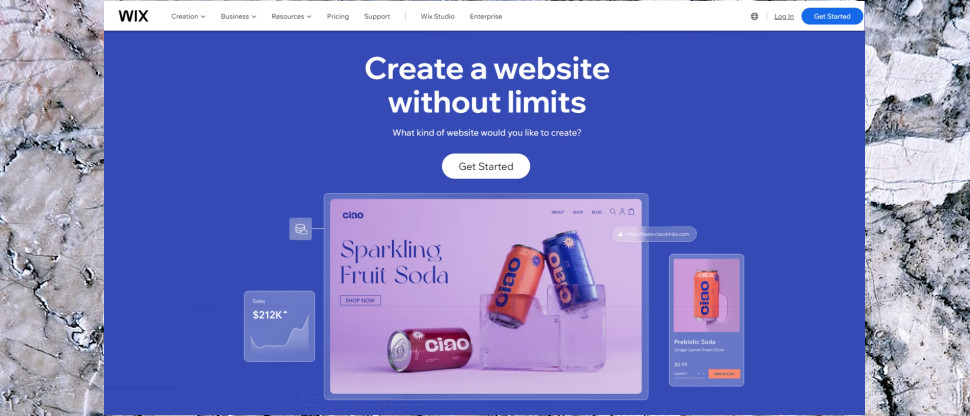Blog
8 Best Hiking Sandals of 2025, According to Experts

Other bonuses: The Newports come in lots of fun colorways, are machine-washable, and have built-in odor control.
Sizes: US 5 to 11 | Material: Polyester webbing, rubber outsole | Weight: 10.93 oz
Best for Arch Support: Tread Labs Redway
Tread Labs may be newer to the scene, but they’ve got lots of street (er, trail) cred: They were founded by the inventor of Chacos, and have already become a favorite amongst podiatrists and hikers who value arch support. The brand’s Redway sandal “has a great heel cup and a great arch,” says Houser. “And I like their webbing—it’s soft, comfortable, and has good traction and a good feel to it.”
Underfoot, the Redway feels more like a trail running shoe than a sandal, with generous arch support inspired by the comfort that insoles (which the brand also makes) provide. One con to note: The straps aren’t quite as adjustable as, say, a Chaco, and Houser notes they can stretch a bit when wet.
Sizes: US 6 to 11 | Material: Polyester yarn, aluminum buckles, suede, polyurethane foam, rubber | Weight: 7.7 oz
Best for Running: Teva Aventrail
Hiking in sandals is one thing. Running in them is entirely another. But Teva’s new Aventrail, a sneaker-sandal hybrid, can handle the challenge.
I was skeptical about running in a sandal, until I tried the Aventrail. It has the footbed and outsole of a trail running shoe, and a breathable knit upper with partial coverage that provides solid lockdown and stability. Yes, your toes are still exposed (so take caution if you’re a beginner trail runner or if you’re tackling technical terrain). But otherwise, I was pleasantly surprised by how much it felt like a normal running experience, sans sweaty, swampy feet.
Sizes: US 5 to 11 | Material: Polyester yarn, EVA and supercritical foam, nylon plate, rubber | Weight: 9.9 oz
Best Minimalist: Xero Genesis
If you like (or want) to feel the ground beneath you, consider the Xero Genesis, the most popular of the minimalist sandals. With an extremely thin sole, these sandals do away with arch support and cushioning in favor of mimicking the experience of walking barefoot—which can have some real benefits for your feet, but requires some getting used to.
Mountaineer Chuck Garcia switched to the Genesis after years of pain, and although he needed some time to get used to them, he’s now a huge fan. “The feeling of hiking up trails and rocks was exhilarating. I felt free and unshackled. My feet thank me each time I complete a hike,” he previously told SELF.
Bonus: Minimalist sandals like these are super lightweight and have only a few friction points that make contact with your feet, so blisters are highly unlikely.
Sizes: US 5 to 12 | Material: Polyester, rubber | Weight: 4.4 oz
Best Cushioned: Hoka Hopara 2
On the opposite end of the spectrum, Hoka’s Hopara 2 is much more like a hiking shoe, with tons of the brand’s signature comfy cushioning. The mesh upper has water shoe vibes and helps keep debris out, while the toe cap protects against rogue sticks and rocks. You’ll miss out on the super personalized fit of a true hiking sandal, but the Hopara’s bungee lace system can come close.
While it isn’t the most breathable shoe on this list, the Hopara’s mesh panels allow for good airflow. And though it does shed water, it won’t dry as quickly as some of our other picks. But Dr. Mathews says it’s a great choice for city trails, where all that cushioning can absorb the shock of a harder surface underfoot, or outings when you just need a bit more protection.
Sizes: US 5 to 11 | Material: Mesh, EVA foam, rubber | Weight: 10.4 oz
What to consider when choosing hiking sandals
Just like any shoe you’re going to be logging lots of miles in, you want a hiking sandal to fit you well. On one hand, this applies to the midsole: “It’s important to try it on and understand the design, whether it’s a flat sole or a mid-height arch, just so you can ensure it’s the right fit for your foot,” says Laredo.
But finding adjustable straps that fit your feet correctly is also key. “If you’re crossing water or boulders that are going to make your feet slip around, having the ability to make them tighter is always going to benefit you,” Maggie Peikon of the American Hiking Society tells SELF.
Houser adds that a strap around the ankle is a must. “If it’s an open back, the tendency will be to grab with your toes and claw into that piece of footwear, and your muscles on the bottom will get tight. This might lead to plantar fasciitis.” (That ankle strap will also keep the shoe on your foot as you navigate water crossings or tricky terrain.)
Houser also recommends looking for a strap that separates your big toe from the rest of your foot. “That gives you some lateral stability if you’re walking across a slope, or you step on a rock and your foot turns sideways,” he says. “Otherwise, your whole forefoot could rotate inside of the sandal.”
Underneath, your sandals should look pretty similar to the bottom of a hiking shoe, to give you the grip you need. The outsole should be made from sticky rubber and have deep lugs (a.k.a. a tread pattern).
A sure sign you’ve picked a winning pair, says Neiman? That yellow Vibram logo, an indicator of a best-in-the-business traction.
Ideally, experts like Houser are “looking for sandals that are going to be supportive in the heel cup, the arch, and the metatarsal arch.” An easy way to check how your sandals measure up is by twisting them. “I would be careful about really flexy, bendy, unsupportive soles,” Dr. Mathews says. “You want it to have strength to protect you from uneven surfaces.”
That being said, minimalist sandals are well-loved by many hikers. But Laredo suggests only opting for these pairs if you’re already experienced with barefoot shoes.
By nature, hiking sandals are less protective than shoes or boots. But depending on the route you’re taking, you may want a pair with toe caps and more upper coverage. What you can get away with on a well-maintained dirt trail may not fly in rocky, rugged terrain.
How we found these sandals
To choose the best hiking sandals out there, we logged miles in many pairs, noting the shoes that offered the best comfort, protection, durability, and more. We also talked to podiatrists and outdoors experts to get their takes on the sandals that stand up to tough conditions while keeping your feet happy.
Frequently asked questions
Do you really need hiking sandals?
Not necessarily. On a hot day, a breathable trail running or hiking shoe can also work. But, if you’re going to be in and out of water, wearing a sandal has major advantages, like not having to change your footwear or hike in wet socks and shoes. (And no, you really shouldn’t be going barefoot during those water crossings, says Laredo.)
If you don’t have a hiking sandal and you’ll be crossing water, Peikon suggests taking your socks off, so at least you’ll have dry socks to put on afterwards.
Which sandals are the most comfortable for hiking?
During our testing and research, all the shoes on this list—from brands like Teva, Chaco, Hoka and more—passed the comfort test. But comfort mostly comes down to how a shoe fits, so it’s worth trying on lots of options at your local outdoor store to see what works for you.
Related:
Get more of SELF’s stellar product recommendations delivered right to your inbox (for free!).












